Corn Piral (Ostrinia nubilalis): [Characteristics, Detection, Effects and Treatment]
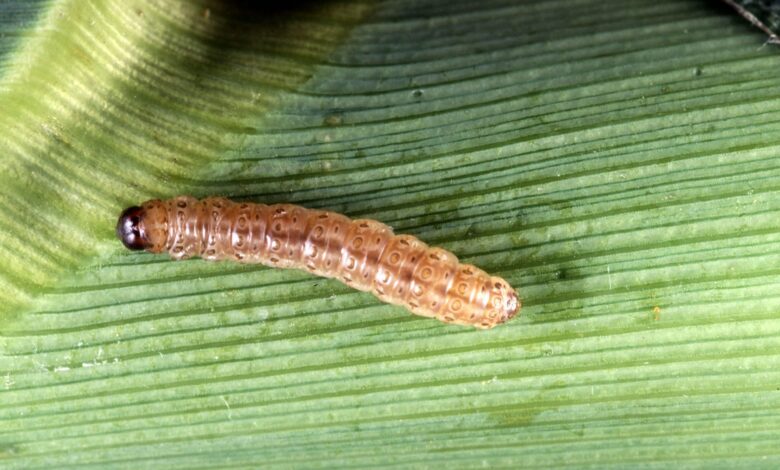
What is the corn piral?
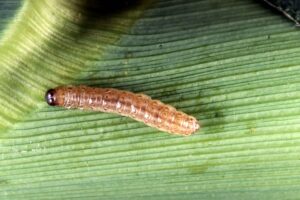 One of the best known pests in cereals is popularly known as the corn borer.
One of the best known pests in cereals is popularly known as the corn borer.
With the scientific name Ostrinia nubilalis, it belongs to the group of crabs and has a special obsession with corn, its favorite food.
Native to Europe, this pest originally infected millet varieties. It is also known as the corn borer and the corn borer .
How can we identify it?
It is not difficult to recognize this invasive species. Let’s see how to identify the most outstanding characteristics of their morphological appearance and their life behavior.
- Adults are generally about 2.5 cm in length and have large, robust, prominent wings.
- The female butterflies have a striking yellowish brown color and dark bands of regular presence on the wings. They are also larger than the males, darker in color.
- At least they guarantee between 1-4 generations per year, being able to develop fully in any climate , as long as the temperature is not lower than 15ºC, in a period that goes from May to the following April.
- The first generation causes the most damage to the plant , because it can be cut off while it is still young.
- Another characteristic is that when they close the wings completely, the final part of the abdomen protrudes, becomes visible.
- The larvae are up to 2 cm long and their color ranges from light gray to deep pink with dots in each groove or segmentation.
- The females usually deposit their eggs on the underside or underside of the leaves of the host plant. They have a yellowish color that make them visible, but they turn whitish as they grow, they become transparent to the point that the black head of the larva is not yet mature.
- The caterpillar manages to break its shell, with deft bites that it will later apply to stems, leaves and fruits of cereal crops to feed itself, especially in corn plantations.
- The parasites then manage to pierce the stems, in the middle and upper part, in order to enter, holes through which the excretions and the remains of the bites will also sprout, which also reach the leaf axils.
- They eat in an ascending way, until they go down to the neck of the root.
- Another curious fact is that a single larva can damage several plants, because it is capable of moving quickly after fulfilling its mission.
- The most visible leaves will also end up being ruined or broken, but these damages that usually occur in the upper part of the plantation will not necessarily ruin the harvest, although if they touch the cob everything will get drastically worse.
- These lesions, in addition, can lead to the appearance of fungal pathogens such as Fusarium, so the advance of these Ostrinia nubilalis must be avoided at all costs .
What plants does the corn pyral affect?
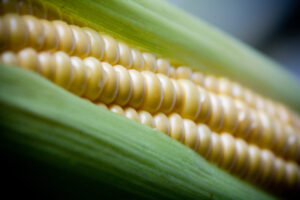 It is the caterpillars of this species that cause damage to corn stalks and ears, because they are expert tunnel excavators. They also like very much to invade the millet to act in the same way.
It is the caterpillars of this species that cause damage to corn stalks and ears, because they are expert tunnel excavators. They also like very much to invade the millet to act in the same way.
In the worst case, if this caterpillar is not exterminated, the plant can die in a short period of time, because it runs out of nutrients.
The Sesamia nonagriodes variety is a specialist in producing sorghum and sugar cane crops, but the Ostrinia nubilalis ameas of corn, attacks crops of peppers , beans , potatoes , among others.
How to combat the piral of the corn?
Biological control methods are excellent because they do not harm the environment or poison crops.
Predators
One of the favorites is the Beauveria bassiana fungus, but also to control this pest are the parasitoid hymenoperos, belonging to the genus Trichogramma and the protozoan Nosema pyrausta , which we must introduce into the plantation following the instructions of specialists.
The Trichogramma brassicae wasp is the queen of predators of all corn pests, not only this especially harmful butterfly in its life as a caterpillar, so it is very convenient to introduce it into the crop so that it does its job properly.
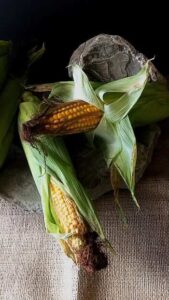 There is a technique that induces the parasitizing process of this wasp when it is in the pupal stage. A cardboard is found and the pupae of the Trichogramma brassicae are glued , supported by a good glue.
There is a technique that induces the parasitizing process of this wasp when it is in the pupal stage. A cardboard is found and the pupae of the Trichogramma brassicae are glued , supported by a good glue.
Gum arabic is ideal for this trap. When the corn Piral takes flight towards its objective, the parasitoid is then released in the plantation twice in a period of about 10 days.
The wasp eggs will hatch and begin to parasitize the borer’s eggs, with a high success rate, greater than 75% of all intruders.
Corn hybrids with insecticidal toxin
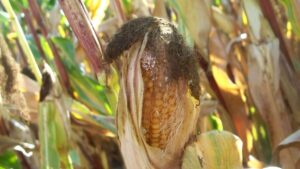 Similarly, biologically manipulated hybrids have been obtained in the laboratory, called GMOs for its acronym in English, capable of containing an insecticide toxin after the application of a gene that comes from the bacterium Bacillus thuringensis (BT) .
Similarly, biologically manipulated hybrids have been obtained in the laboratory, called GMOs for its acronym in English, capable of containing an insecticide toxin after the application of a gene that comes from the bacterium Bacillus thuringensis (BT) .
This genetic manipulation has been successful to combat the Corn Piral , as well as other worms that also attack stems and roots of this star cereal widely consumed throughout the world, especially in the American continent.
We must also be attentive to the attacks of other very assiduous corn pests, such as: thrips , beetles, grasshoppers and fleas, which appear during the hottest days, in countries with a warm climate.
Destruction of corn crop stubble
But without a doubt, it is imperative that all the remains or stubble of the corn contaminated by the plague must be buried or eliminated with the introduction in a deep cellar, where the parasites that still survive are also isolated.
What are the best products to eliminate the piral of the corn?
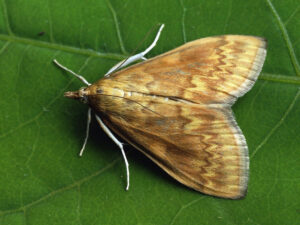 Although it should be avoided at all costs, chemical control is effective when applied to the first generations of Ostrinia nubilalis.
Although it should be avoided at all costs, chemical control is effective when applied to the first generations of Ostrinia nubilalis.
A treatment with chlorpyrifos or some other substance authorized by the agencies responsible for the agricultural sector is always highly effective , always following the indications expressly stipulated in the product leaflets.

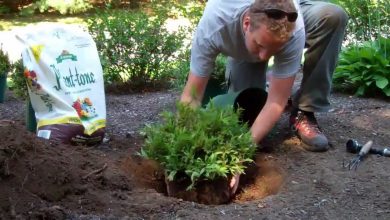

![Photo of Winter Garden Care: [Soil, Moisture, Pruning and Problems] garden in winter?](https://www.complete-gardening.com/wp-content/uploads/2022/08/winter-garden-care-soil-moisture-pruning-and-problems-garden-in-winter-390x220.png)
![Photo of How to Plant Pothos in your House: [Tips and Complete Guide]](https://www.complete-gardening.com/wp-content/uploads/2022/08/how-to-plant-pothos-in-your-house-tips-and-complete-guide-390x220.jpg)